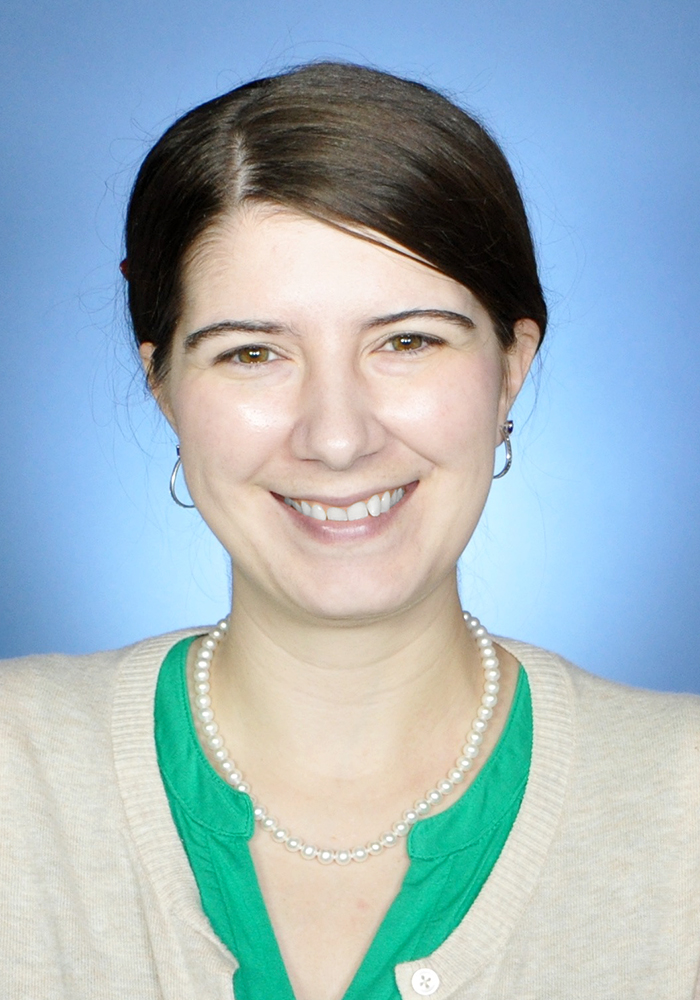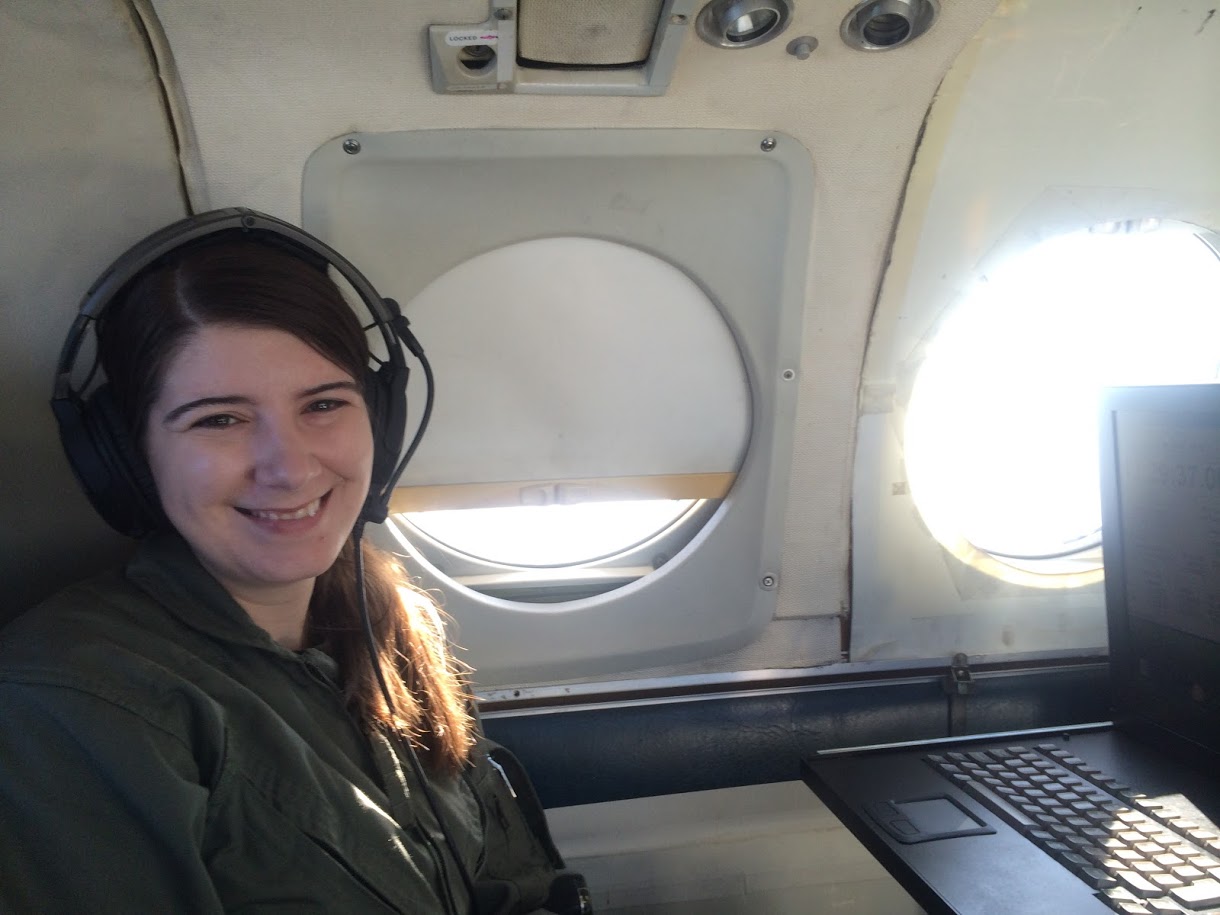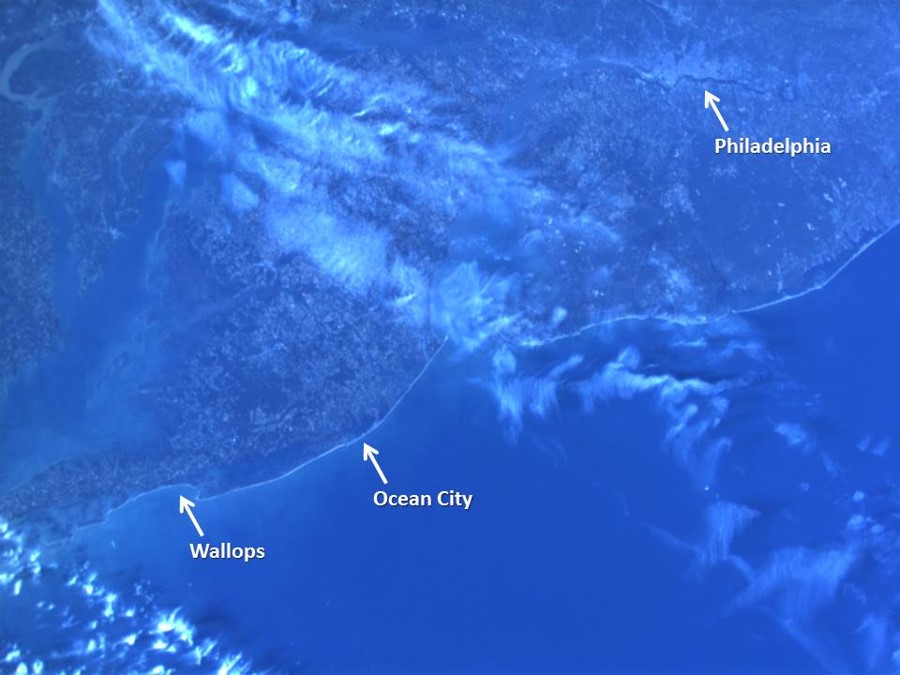
Name: Elizabeth “Beth” Timmons
Title: Associate Branch Head, Flight Software Systems Branch
Formal Job Classification: Computer engineer
Organization: Code 582, Flight Software Systems Branch, Engineering Technology Directorate
What do you do and what is most interesting about your role here at Goddard? How do you help support Goddard’s mission?
I write some of the software that runs on our spacecraft, and I help manage the branch that does software for Goddard missions. I also help lead Goddard’s Core Flight System (cFS), an open-source, reusable software framework that we use on many missions.
What drew you to computers?
I always liked math and science. I was a late bloomer in computer engineering – I didn’t start programming until I took my first computer science class in high school. Both of my parents are computer engineers and encouraged my interest.
What is your educational background?
I earned a Bachelor of Science in computer science from Virginia Polytechnic Institute with a minor in math.
How did you come to Goddard?
I came to Goddard as a summer intern at Wallops Flight Facility during college and then converted into the Pathways program with the Science Data Processing Branch at the Greenbelt campus. Goddard hired me after college graduation.
What were your first thoughts when you began working at Goddard?
I was blown away by all the exciting things Goddard does. I was very excited to be working on a real mission right out of college.
I started in the science data processing branch. My first project was working on an International Space Station (ISS) payload. I was so excited to be working on something going into space. During my years in this branch, I worked on three different ISS payloads. It was really interesting and educational to be able to see those projects through from start-to-finish so early in my career.
After working at Goddard for over ten years, what are your thoughts about working here now?
My thoughts are exactly the same. The more I learn about what Goddard does, the more impressed I get by Goddard. I feel tremendously lucky to be working here.
Did you go on any field campaigns?
In 2015, I supported a science field campaign that was really neat. I was working on the Slope Imaging Multi-polarization Photon-counting Lidar (SIMPL) instrument. We spent the summer preparing at Langley. The campaign itself was based at Thule Air Force Base in Greenland. The campaign was three weeks in August and I was there for two weeks.
I operated an instrument in an aircraft which flew all over the Artic and the Greenland Ice Sheet. It was absolutely beautiful! I took a lot of pictures. It was an unbelievable opportunity. The project needed two software engineers and only had one, so I jumped on the chance to go with them. The trip was too good to pass up.
Always take advantage of your opportunities!

Why did you become a manager?
I joined the Flight Software Systems Branch in 2018 as an Associate Branch Head. After trying several different types of software in the science data processing branch, I found that I really love flight software and wanted to focus on that, so I switched branches. As far as becoming a manager, I think management is a very important job. Joining the management team seemed like a way to “give back” and pay forward the great support that has been given to me.
Our branch has about 40 people. I directly supervise about 10.
As one of Goddard’s youngest managers, what are you goals as a manager?
In general, I want to help the employees in my branch find their next opportunities and get to where they want to go. I want to help employees get excited about our work.
I also enjoy mentoring. I try to encourage employees, especially newer ones, to be open-minded about opportunities and to take opportunities when they are available. I am now working on a type of software that I never knew existed in college and I love it.
Please tell us about the core flight system project.
My current project is the core flight system, a reusable software package that provides a starting point for flight software. It is not everything a mission needs, but it has a lot of infrastructure that is used across multiple missions. It is like a foundation. I did not develop it, but I am one of the team members maintaining it.
It is really cool for several reasons. Working on this system forces me to think about what multiple missions need, which is an interesting software engineering challenge. I went from being focused on a particular mission to getting the big picture across the entire agency. Also, it is open source. Anyone can use it, including industry and university people. It’s really rewarding to be working on something that makes flight software accessible to so many people.

What do you enjoy outside of work? Is there something surprising about you that people do not generally know?
Outside of work I enjoy reading, knitting, and board games. I also travel whenever I get the chance.
What book are you currently reading?
I am in a book club organized by Women Engineers in Space and Technology (WEST) at Goddard. I am reading our current book club book, “Make Your Own Sunshine: Inspiring Stories of People Who Find Light in Dark Times.”
By Elizabeth M. Jarrell
NASA’s Goddard Space Flight Center

























